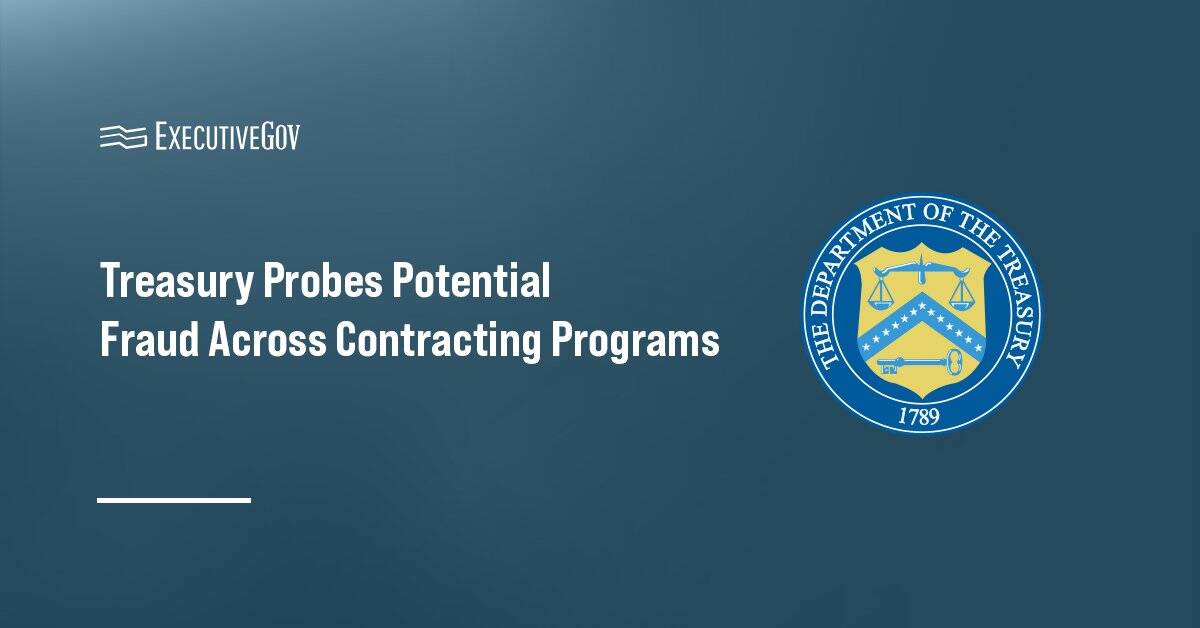The battle over electromagnetic spectrum allocation has long been a contentious issue between the Department of Defense and commercial industry. This “spectrum war” has only intensified as advancements like 5G and the prospects of futureG technologies hinge on access to mid-band spectrum, a finite and highly desirable resource. For government contractors, understanding this fight is crucial, as it directly impacts projects related to national security, telecommunications and technological innovation.
There’s no better place to deliberate on these issues and gain a deeper understanding of them than the Potomac Officers Club’s upcoming 2025 5G Summit. Hosted on Feb. 27, the event will gather the perfect mix of defense, public and private sector voices to tackle the important questions about communications technology and how it is impacting the American mission. Register now!
Table of Contents
The Core of the Conflict
At the heart of the spectrum fight lies the 3.1 GHz to 3.5 GHz S-band, part of the mid-band spectrum considered the “Goldilocks” zone. Its unique frequency range enables optimal performance for various applications, balancing range and data-transfer speed, according to Breaking Defense.
The DOD argues that this part of the spectrum is essential for critical functions such as satellite communications, radar systems and navigation tools, which are pivotal for military operations globally. For example, the Navy’s Aegis radar system operates within this band, safeguarding naval vessels from aerial threats like missiles and drones while supporting missions overseas.
Conversely, the commercial industry, primarily telecommunications providers, sees this spectrum as a gateway for expanding high-speed 5G wireless services. Commercial stakeholders argue that more access to this band would accelerate digital connectivity for consumers and businesses alike.
The challenge, however, is that spectrum cannot be simultaneously utilized by both parties without risking interference. This creates what experts have labeled a “zero-sum game.” The finite nature of this spectrum forces difficult choices, as overcrowding these frequencies could compromise military missions or disrupt commercial networks.
Spectrum Allocation Oversight and Key Players
The dispute involves multiple agencies and stakeholders responsible for managing U.S. spectrum policy:
DOD
The Pentagon has consistently prioritized spectrum access for national security needs. It contends that reallocating portions of its spectrum would require overhauling radar systems and other technologies at an extraordinary financial cost—estimated in the hundreds of billions of dollars—while posing operational risks during the transition.
National Telecommunications and Information Administration
NTIA manages federal spectrum allocations and coordinates usage across government agencies. It plays a pivotal role in determining how federal users share spectrum with commercial entities.
Federal Communications Commission
The FCC oversees the commercial use of spectrum, regulating telecommunication providers and facilitating auctions to allocate spectrum resources. While NTIA focuses on federal needs, the FCC often leans toward maximizing economic benefits from spectrum privatization.
Commercial Stakeholders
Telecommunications companies see mid-band spectrum as key to deploying comprehensive 5G networks. Firms argue that these investments promise economic growth, innovation and digital equity by connecting more users to high-speed wireless internet.
Conflict Resolution Mechanisms
Spectrum allocation disputes are traditionally negotiated collaboratively. When disagreements persist between NTIA and the FCC, issues may escalate to the Office of the President. Rarely, legal action becomes the last resort, as seen in the high-profile Ligado case involving FCC approval of spectrum usage amid strong objections from the DOD.
5G, FutureG—and the Stakes for Both Sides
The ongoing spectrum battle has far-reaching implications for the deployment of 5G and future wireless technologies, a.k.a. futureG, presenting challenges and opportunities for both DOD and commercial industry:
Implications for DOD
- National Security Risks:
Restricting or sharing spectrum access could impact military preparedness. For instance, U.S. forces in conflict zones like Ukraine rely on spectrum to disable threats, including Russian missiles. Similarly, domestic training for overseas deployments demands uninterrupted spectrum access.
- Cost of Transition:
Relinquishing part of its spectrum would require the Pentagon to replace current systems, a process that not only carries an astronomical price tag but also poses risks to operational readiness during the transition period.
Benefits for Commercial Industry
- Accelerating 5G Deployment:
Expanding access to mid-band spectrum is key to scaling 5G networks, which require bandwidth to handle high-speed data transfers, especially in densely populated urban areas.
- Economic Growth:
Broader 5G adoption is expected to bolster sectors like telehealth, autonomous vehicles and smart cities, significantly contributing to GDP growth.
Prospects for Spectrum Sharing
Given the stakes, spectrum sharing has emerged as a potential compromise. Technologies enabling “dynamic spectrum sharing” allow federal and commercial users to coexist on overlapping frequencies. For example:
- The Citizens Broadband Radio Service, or CBRS, in the 3.5 GHz band provides shared spectrum access for commercial applications under certain conditions.
- Ongoing studies by DOD and NTIA explore advancing this concept, although barriers like interference and priority access allocation remain unresolved.
The Role of Government Contractors
For GovCons, the spectrum battle offers both challenges and opportunities:
- Telecommunications Development
GovCons working with DOD on 5G-related projects must address compatibility concerns, ensuring that military applications can safely coexist with commercial networks.
- Infrastructure Overhaul
If spectrum is reallocated, contractors may play critical roles in modernizing military systems to operate on new frequencies.
- Advanced Research
Developing technologies for spectrum-sharing solutions could become a lucrative focus area for contractors positioning themselves as problem-solvers in this space.
Get details on how GovCons can partner with both defense and civilian agencies on 5G at the 2025 5G Summit on Feb. 27. Secure your ticket now before it’s too late!
What Lies Ahead
The spectrum fight reflects broader tensions between advancing technological innovation and preserving national security. With the rise of FutureG technologies on the horizon, this conversation is far from over. The balance between private industry needs and governmental priorities will continue shaping policy decisions under new administrations and shifting political landscapes.
For the industrial base, staying informed about spectrum policy developments is essential. Opportunities to collaborate with stakeholders on spectrum optimization, shared technologies and infrastructure enhancement will play a pivotal role in shaping the next generation of communication and defense capabilities.
By keeping an eye on this dynamic landscape, contractors can position themselves as key contributors to both U.S. technological innovation and national security resilience.






